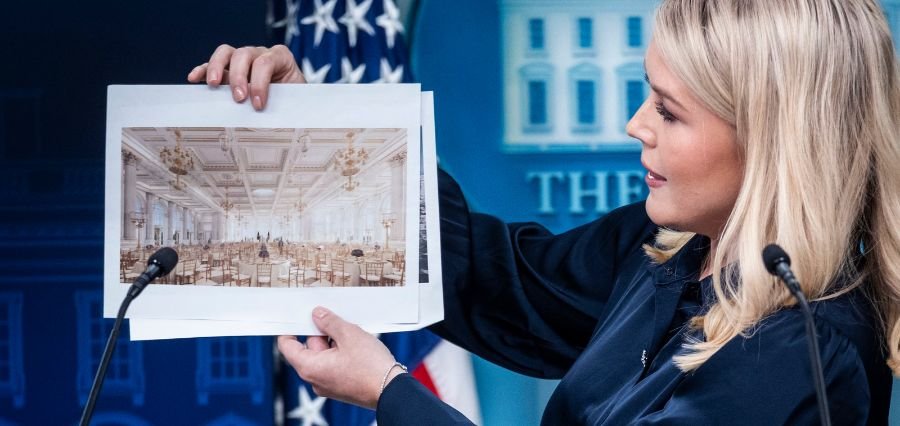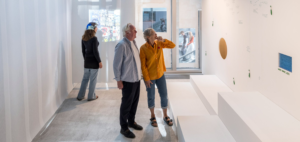Prime Highlights
- The East Wing will be taken over by a new White House State Ballroom, 90,000 sq ft, which will accommodate as many as 650 guests.
- McCrery Architects designed the project, which will begin in September 2025 and is privately fully funded.
Key Facts
- It is the first time a significant structural addition has been added to the White House since 1948.
- No money from tax dollars will be utilized; the administration is funded by President Trump and his backers.
Key Background
The White House awaits historic change with the introduction of a new State Ballroom as part of a $200 million East Wing expansion. The high-profile project, undertaken by McCrery Architects, will add some 90,000 square feet to the White House complex and hold up to 650 seated guests—more than three times that of the current East Room, which seats around 200.
Later next September 2025 will witness the opening of this biggest physical White House enlargement in almost eight decades. The 1948 added Truman Balcony was the last structural enlargement. Despite the fact that the East Wing already houses the First Lady and other employees, the new ballroom will repurpose the space without destroying the current building. Staffs will be temporarily relocated, and the existing East Wing will be refurbished and part of the new design.
The structure will be architecturally in the neoclassical order of the White House. The ballroom is to be remarked to feature arched windows, white columns, coffered ceiling, and gold-trimmed interior—a style balancing historical deference and extravagant opulence. The ballroom will be retained somewhat apart from the main house to be structurally independent and with additional security.
President Trump has promised that there is to be no expenditure of federal funds. Instead, the whole expense is to be met by private donations from the president himself and a team of unidentified donors who have been termed “patriots.” The construction will be led by Clark Construction and will be supported by engineering by AECOM.
The new ballroom is not just a symbolic expansion but also a functional move to be able to host more diplomatic and ceremonial events. Though the expansion has been lauded and criticized in turn, it is an effort to modernize the White House while not losing its historic touch.
Read Also : Immersive “Meet Me Here” Exhibit Explores Architecture in the Digital Age





